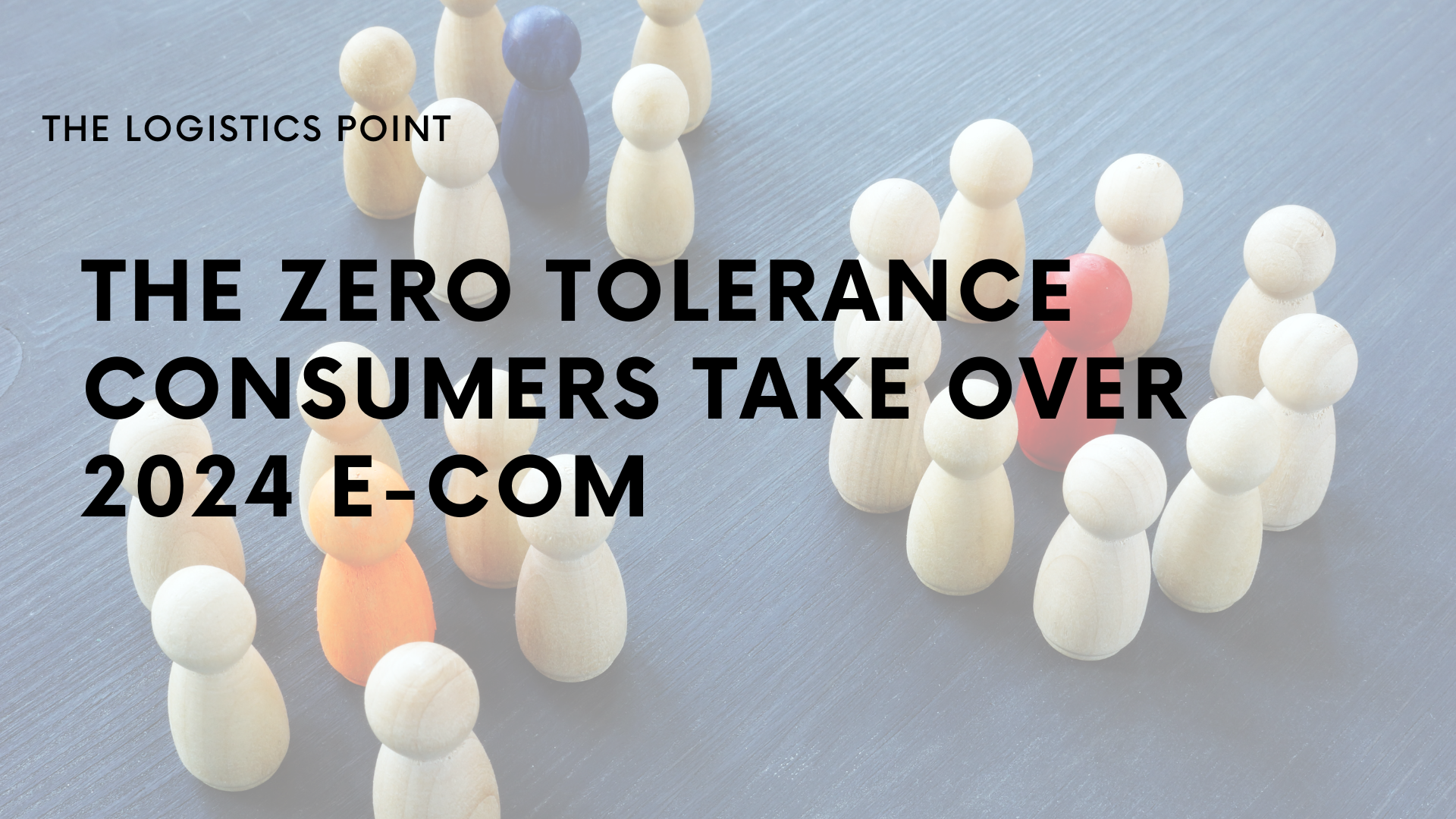As we look ahead to 2024 of continued rapid evolution of the ecommerce and retail landscape it’s key to reflect on the lessons learned from 2023 from delivering a dynamic, cost-effective service to meeting the changing consumers needs and anticipating the changes and challenges that lie ahead. Will Lovatt, General Manager and Vice President, Deposco Europe takes a look at the consumer of this year.

We introduce you to the ‘zero consumer’ who is characterised to have zero interest in mid-range products or services but rather scrimps and saves where possible to splurge elsewhere. ‘They have zero loyalty to brands and tend to go where they offer the best price or have the specific product that they desire,’ explains Will.
The need for highly collaborative and personalised consumer engagement will be paramount in the coming year to optimise efficiency and maintain profitability. Businesses must be attuned to consumer preferences, offering tailored experiences and flexible purchasing options, such as varied delivery and click-and-collect choices.
To enable this, businesses will rely upon technology such as omnichannel platforms to make their carefully ranged product available at the time and place of the consumers need and want, utilising technology to then fulfil the order and ship to them at an affordable price.
Even more e-com
The growth trajectory of ecommerce will surpass its previous peak during the COVID-19 pandemic. Forecasts show that ecommerce sales will make up close to a quarter of total global retail sales by 2027. As a result, retail and ecommerce sectors will undergo transformative changes, necessitating a strong focus on agility to thrive, those who fail to plan or decide on a strategic approach may struggle. Workforce issues will remain a priority, highlighting the need for technology deployment, efficiency improvements, and a steady influx of skilled talent.
In the U.S., the focus will be on fulfilling the promise of omnichannel retailing, capturing sales opportunistically, and minimising cart abandonment across domains.
Brand loyalty
As we progress into 2024, the challenge of sustaining brand loyalty will increasingly include ‘social shopping’s’ combination of online culture and e-commerce, necessitating the adoption of innovative marketing and delivery strategies aimed at capturing and retaining consumer attention in a saturated digital landscape.
Businesses will need to adapt and experiment with fresh approaches to connect with their audience. Social media platforms such as TikTok and Instagram hold the power to be seen as the modern era shopping channel.
However, for these endeavours to be fruitful, innovations must be authentically tailored to the needs and preferences of customers, rather than being imitations of competitor strategies. A case in point is the experience of a retailer in the US rapidly adopting a BOPIS (Buy Online, Pick-up In Store) model featuring automated lockers, only to quickly move back to a kerbside pickup service when that was not successful. A cautionary example of inauthentic and misaligned innovation leading to consumer disconnect.
The landscape of retail and ecommerce is currently in the midst of a significant transformation, steering away from the established models that were prevalent before the pandemic and moving towards adopting strategies that are centred around the consumer.
This shift necessitates a reimagining of traditional business practices and the adoption of innovative solutions that are tailored to meet the evolving needs of the consumer. ✷



